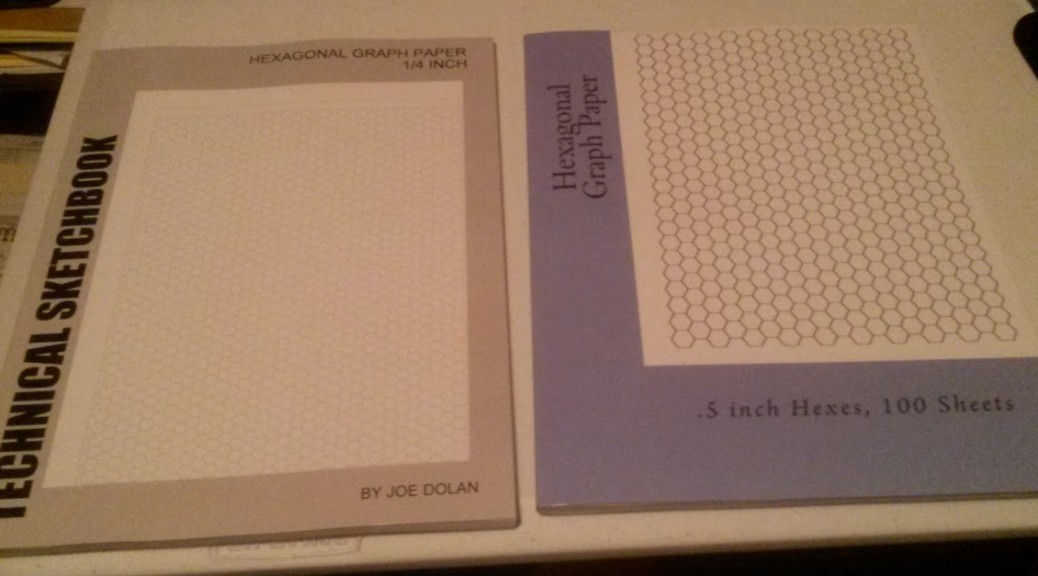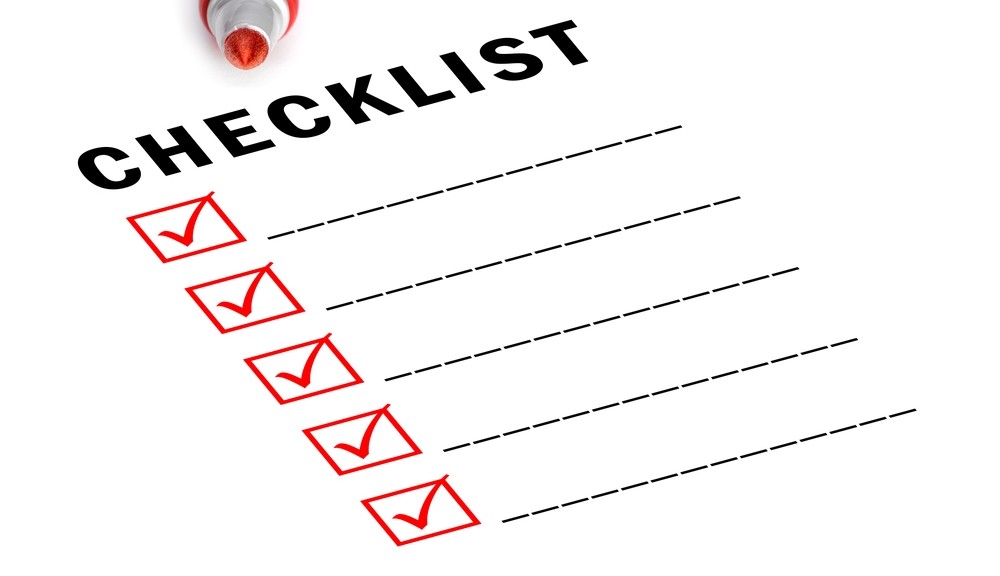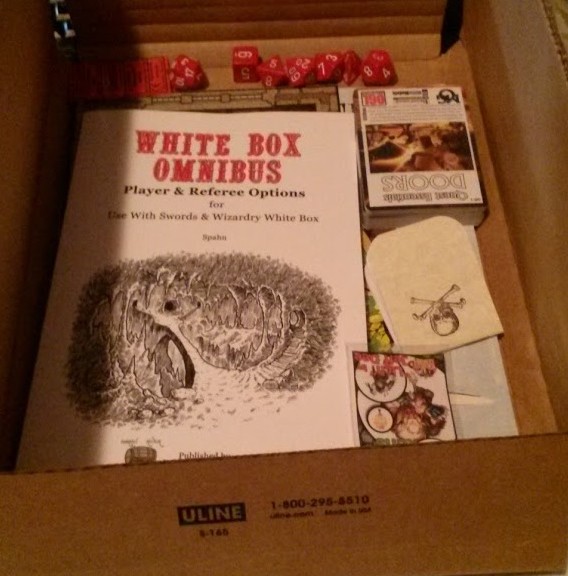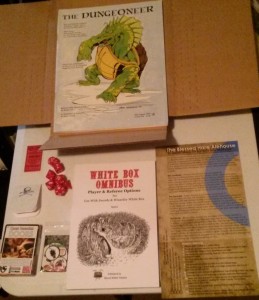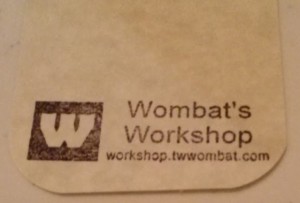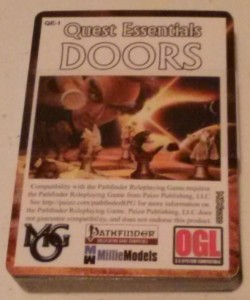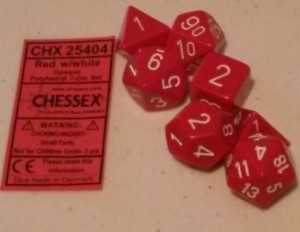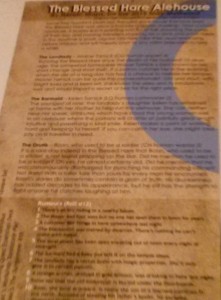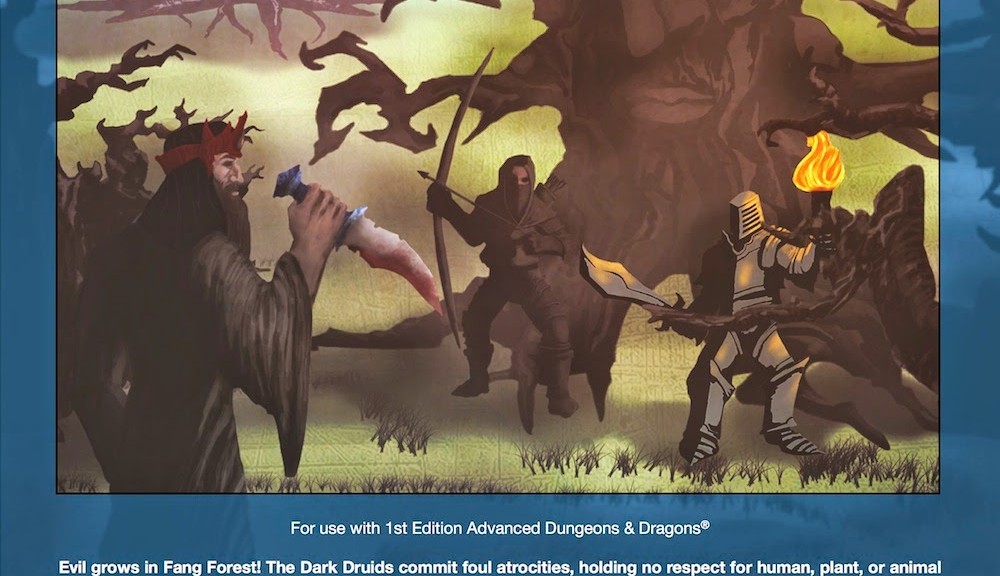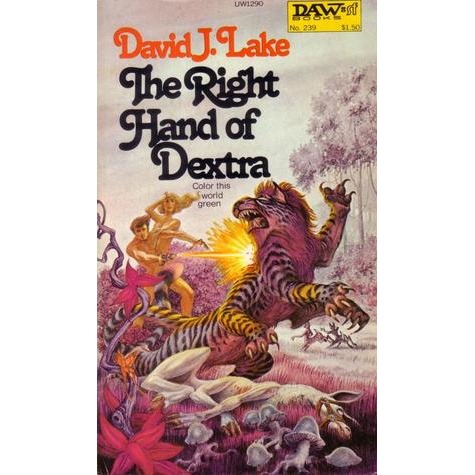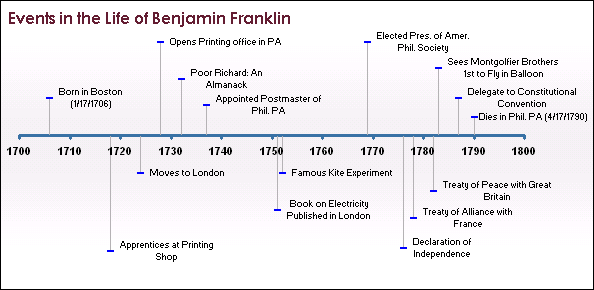Finding a good and affordable source for hex paper for mapping is a challenge. I am old school because I still have a few of the TSR hex paper sheets that I won’t use, because I can’t easily get more. One package served my brother, Robert and I well for many years, but I need more to do the kind of mapping I want to do.
I can scan the folded sheets and print out, or go to a copy store and make more expensive copies.
To add to my collection of pads of graph paper, I ordered two softcover books of hex paper, one with .5 inch hexes, and the other with .25 inch hexes.
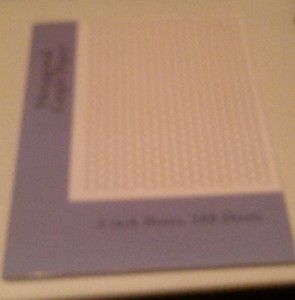
The .5 inch hexes are a book called Hexagonal Graph Paper, by Paul Fleury, c. 2014. It has 100 pages, i.e. 50 double-sided sheets. There is an approximate half inch border all the way around. The lines are dark/bold black. This makes them show up well, and they would be clear if a map were colored with colored pencils, and perhaps felt tip pens. The printing on both sides of the page are lined up, so there is no offset hexes when held up to the light.
The one drawback is that the pages are not perforated. Separating the sheets risks tearing the part of the page you want to keep. You could get an X-acto knife to cut out each sheet, or cut off the edge with the glue and separate all the pages. However, that would defeat the handy package of having it all in a book.
Since the hexes are such dark lines, I don’t know how easy it would be to clean them up/remove them if a map was scanned for use online.
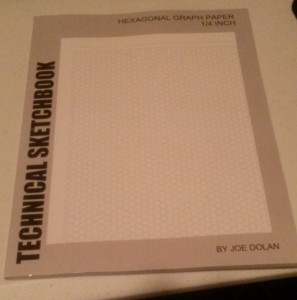
The other book of hex paper is Technical Sketchbook: Hexagonal Graph Paper 1/4 Inch by Joe Dolan, c. 2010. It does not say how many pages, but I guess it is 100 since it is the same thickness of the other book I did buy this knowing from Amazon reviews that there is an imperfection on every page on the right side of the page. One hex has a stray diagonal line in it. Due to the lightness of the ink, it is hard to catch at a glance, but is easy to find if you look for it.
The ink is more of a light gray, so heavy coloring could obscure the hexes. Scanning might not pick up the hexes. There is about a half inch of border along the top and bottom, but the sides is about a quarter inch. The margin on the right side widens, and the one on the left side narrows as you advance through the book. Unlike the other book of half inch hexes, this one has a border around the hexes that “cuts off” the hexes on the edge. There is also a line across the top of each page. I suppose it is there for a place to write a title for each page.
Just like the other book, the pages are not perforated. The shrinking inside margin makes removal even more tricky than the other. The hexes are “jagged”. That is, the lines look somewhat like they were printed with a dot matrix printer. These stippled lines are rough/pixelated on the diagonals of the hexes. Scanning would exacerbate this, for the parts of the lines it might pick up.
From just looking at the sheets in each book, I think they will be fine for drawing maps. If the idea is to use maps at the table, they will get fingerprints, oil and sweat from fingers, drips and spills from drinks, crumbs from food, etc. If you are looking for fancy paper to do award winning art, these are probably not for you. If you are looking for a not too expensive source for hex paper for making maps that you will use, these will do.
From my experience with hex map making from back in the day, the 1/4 inch hexes are good for the general idea of what is in an area on a large scale map. The 1/2 inch hexes are good for the greater detail when zoomed into the local area, for 5 or 6 mile hexes, or perhaps smaller.
Once I start making some maps with them, I will scan some samples and post in a future article.

